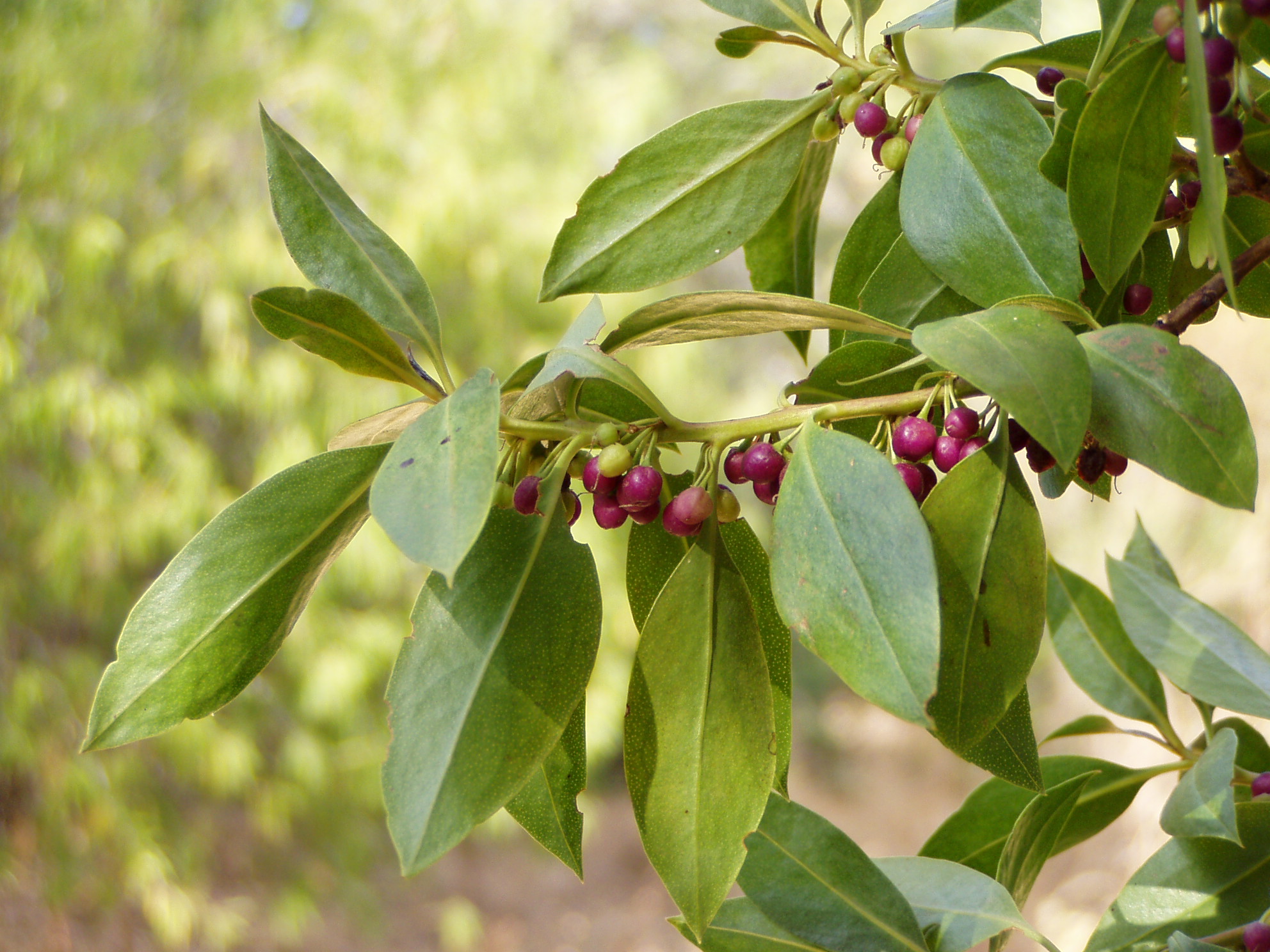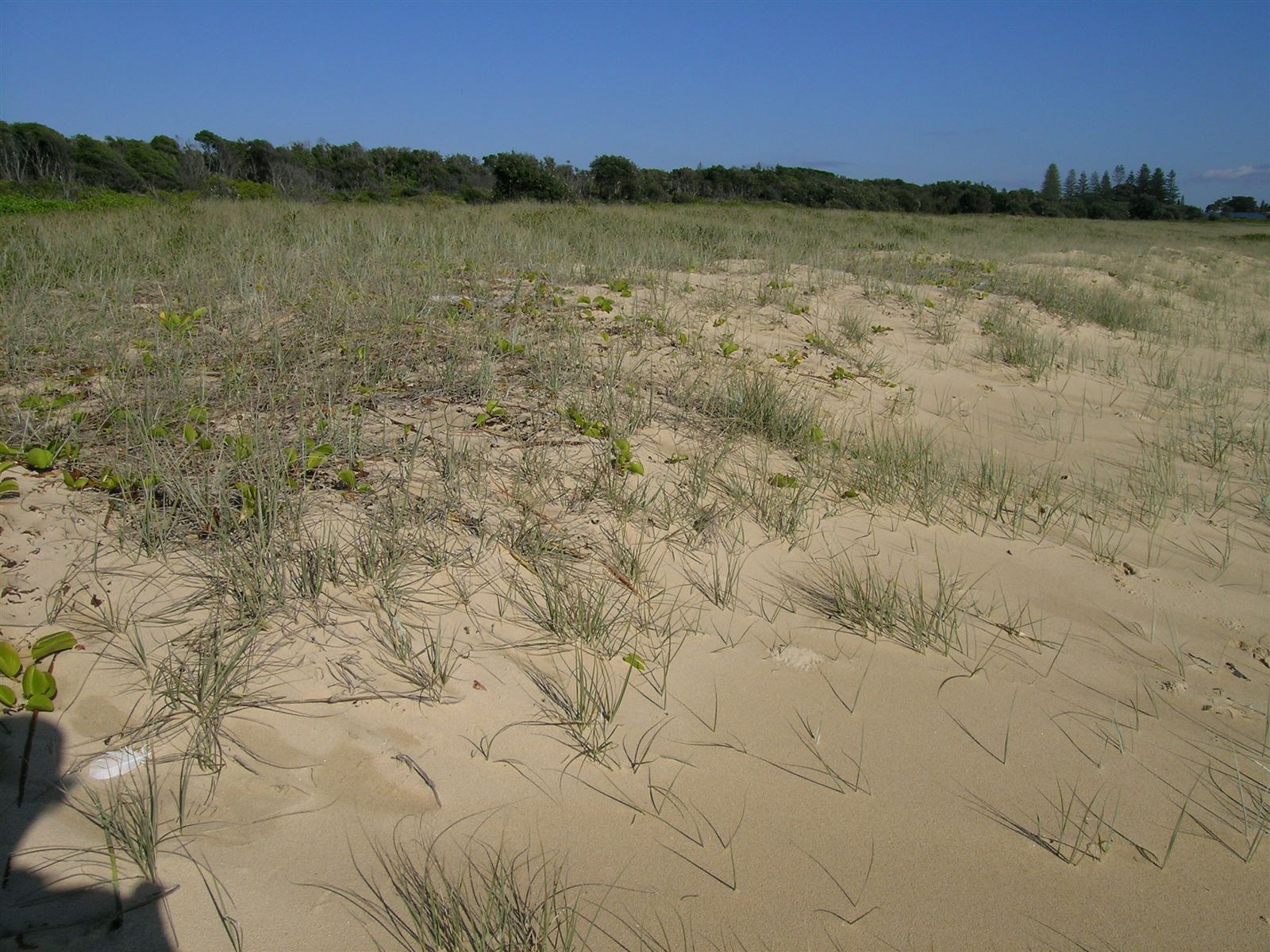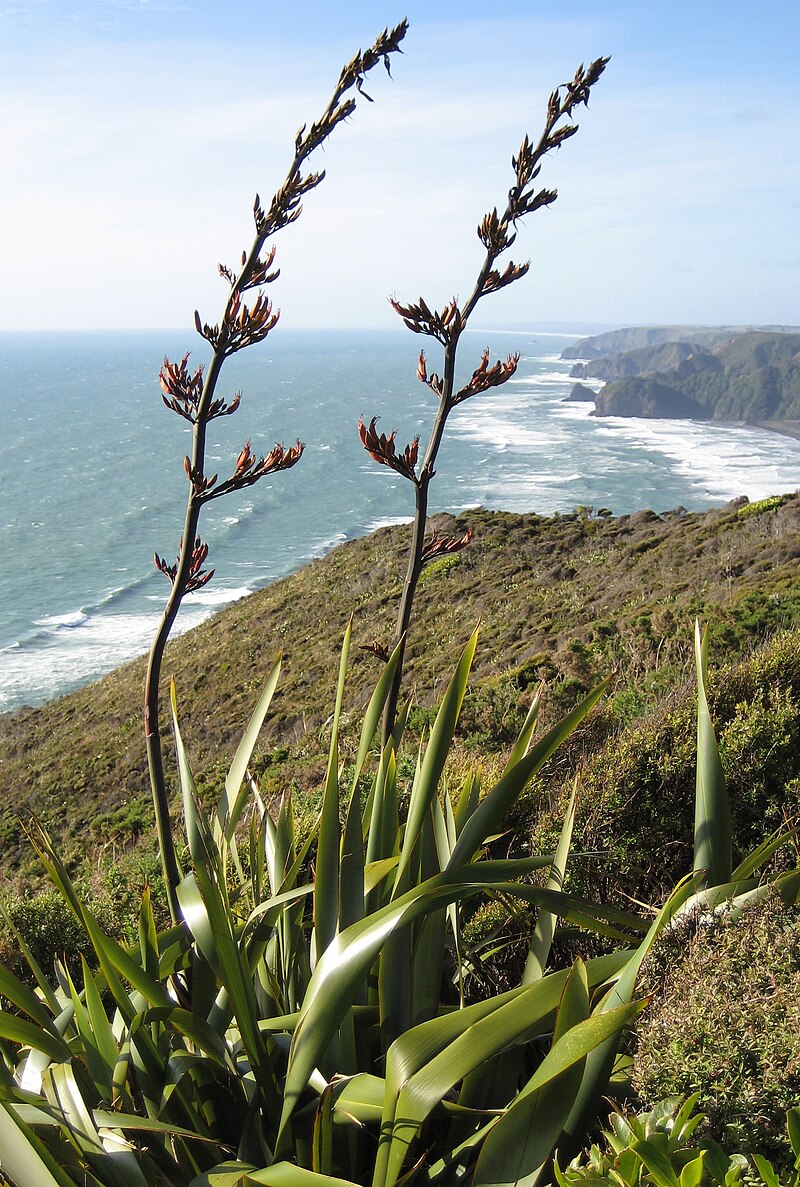Maintenance
Pruning
Taupata responds well to pruning, making it versatile for different garden uses:
- Hedges: Trim 2-3 times during growing season to maintain shape
- Specimen Plants: Light pruning to maintain shape and remove dead wood
- Ground Cover: Trim edges to contain spread and occasional thinning if becomes too dense
- Rejuvenation: Can be cut back hard in late winter/early spring to rejuvenate
- Timing: Best pruned in late winter or early spring before new growth starts
- Tools: Use clean, sharp tools to prevent disease transmission
Fertilizing
Generally undemanding but benefits from occasional feeding:
- Apply slow-release native plant fertilizer in spring
- Avoid high-phosphorus fertilizers
- Mulch annually with compost or well-rotted organic matter
- Container plants need more regular feeding than garden plants
- Reduce or eliminate fertilizer in poor-flowering plants to encourage fruiting
- Excessive fertilizer can reduce drought tolerance
Mulching
Benefits from mulching, especially when establishing:
- Apply 5-10cm of organic mulch around base, keeping clear of stems
- Helps retain soil moisture and suppress weeds
- Improves soil structure as it breaks down
- Renew mulch annually in spring
- Suitable mulches include bark, wood chips, or leaf mold
- Gravel or stone mulch appropriate in coastal gardens




